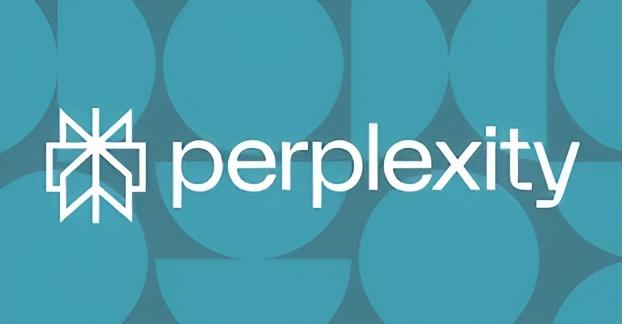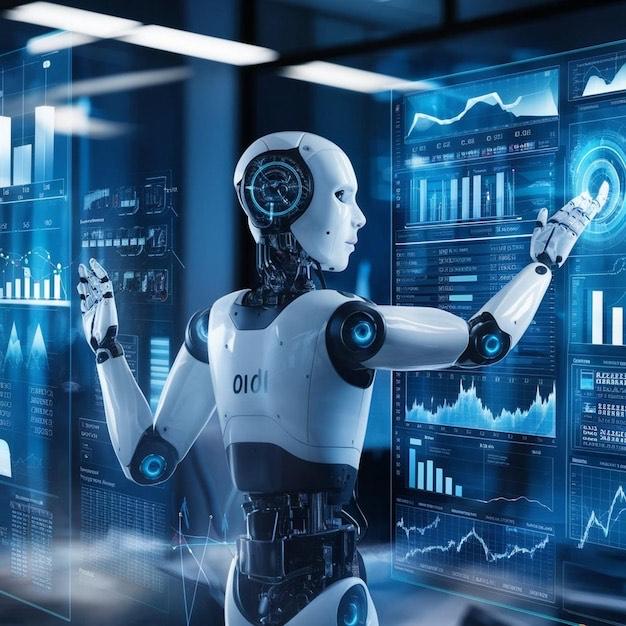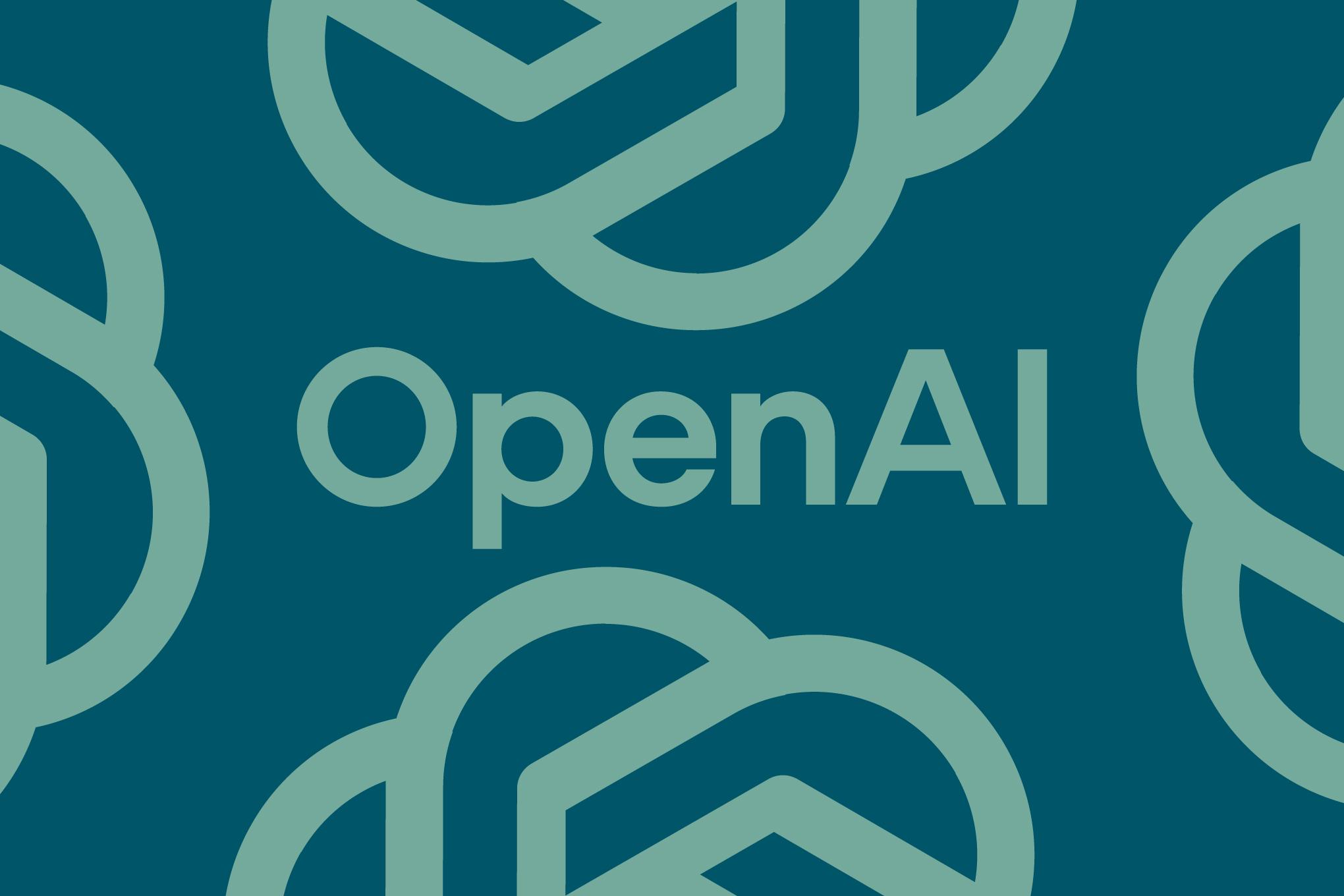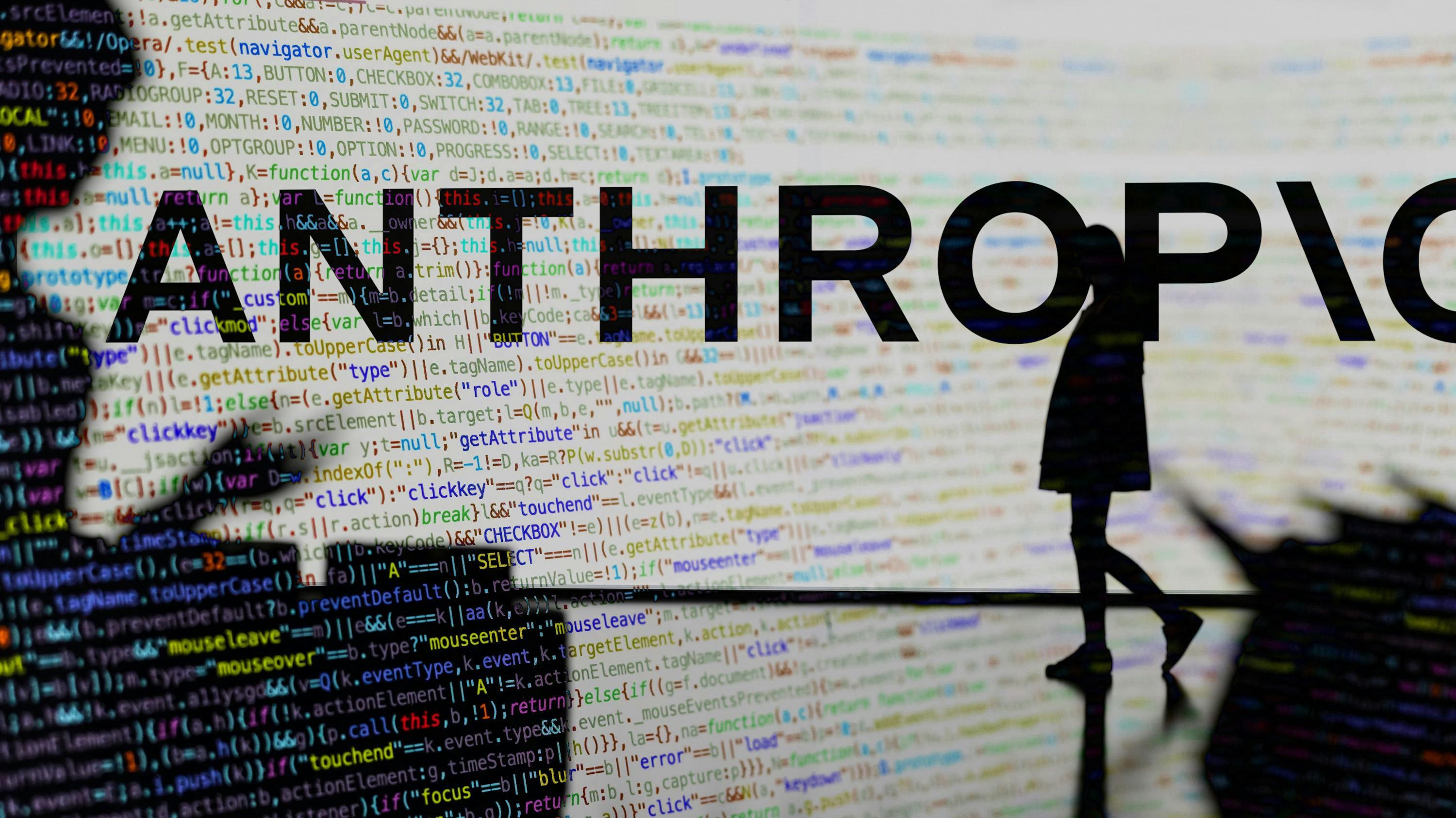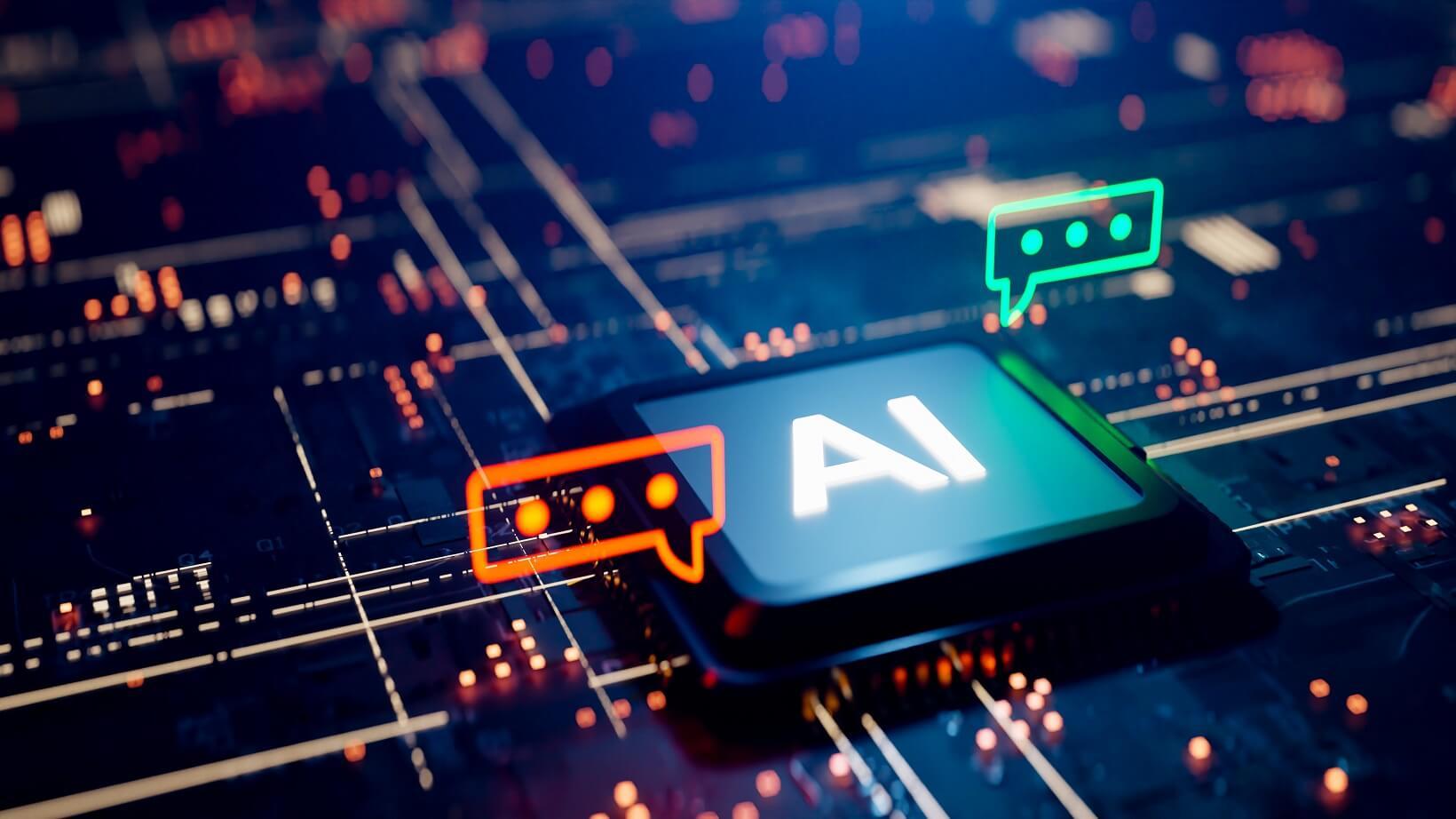
Understanding Artificial Intelligence: Definition and Modern Applications
Artificial Intelligence represents one of the most transformative technologies of our era, fundamentally reshaping how we interact with digital systems and process information. AI software has become deeply integrated into our daily experiences, powering sophisticated personalization algorithms in social media platforms, enabling accurate facial recognition capabilities in photography applications, and driving groundbreaking discoveries in medical research and treatment development.
AI serves as the computational brain behind modern machines, possessing the remarkable ability to process enormous volumes of complex data, identify intricate patterns that would be impossible for humans to detect manually, and execute sophisticated tasks that traditionally required human-level intelligence and decision-making capabilities.
The Revolutionary World of Generative AI
Within the broader landscape of artificial intelligence exists an particularly fascinating subset known as generative AI. This revolutionary technology powers innovative tools like ChatGPT, Meta AI, Midjourney, and Veo 3, which demonstrate the extraordinary capability to create human-like content by analyzing and learning from vast repositories of existing data. These sophisticated systems can generate compelling text, produce stunning images, compose original music, write functional code, and even create engaging videos from simple text prompts.
Generative AI's creative prowess extends to applications that can craft music in the distinctive style of legendary musicians, sometimes producing results so convincing that even dedicated fans question whether the content was created by human artists or machines. Tools such as Google's Gemini engage users in natural text conversations, offering experiences remarkably similar to chatting with knowledgeable human experts.
However, generative AI systems occasionally exhibit quirks and limitations, including the phenomenon known as "hallucination," where the AI introduces errors or fabricates information that appears credible but lacks factual basis. These characteristics reveal both the immense potential and inherent limitations of current AI technology.
Personalization Across Industries
AI's transformative power manifests most clearly in its ability to deliver highly personalized experiences across diverse sectors. In social media, platforms like Facebook, TikTok, and X utilize sophisticated AI algorithms to analyze user behavior, preferences, and engagement patterns, creating customized content feeds that feel individually curated for each user's specific interests and online habits.
In healthcare, AI functions as a digital medical detective, analyzing complex medical data to detect patterns invisible to human observation. AI systems assist medical professionals in identifying cancers at earlier stages, reviewing X-rays with enhanced accuracy, accelerating diagnostic processes, and discovering new treatment methodologies. This technological advancement enables doctors to provide more precise diagnoses and develop personalized treatment plans tailored to individual patient needs, ultimately improving health outcomes and saving lives.
Navigating AI's Challenges and Concerns
Despite AI's remarkable benefits, significant concerns have emerged regarding its rapid adoption and widespread implementation. Prominent voices in the technology industry express growing anxiety about AI's potential to disrupt traditional job markets, perpetuate existing societal biases, and possibly threaten human autonomy in various sectors.
Ethical challenges arise when AI systems inadvertently create misleading outputs, amplify societal prejudices, or utilize creative works without proper authorization. Notable missteps have included AI tools incorrectly labeling certain ethnic groups and producing obviously flawed content, such as images depicting incorrect numbers of human limbs. The creative community has voiced particular concern, with artists and musicians like Björn Ulvaeus expressing fears that AI developers are using their work without permission, threatening creative livelihoods.
Environmental impacts present another significant concern, as AI's growing computational demands require powerful computer chips and extensive data centers that consume electricity comparable to entire nations like the Netherlands. These facilities' cooling requirements also raise concerns about water usage and potential depletion of local water supplies, creating environmental dilemmas alongside technological advancement.
Global Regulatory Responses and Governance
Recognizing AI's dual nature as both opportunity and risk, governments worldwide are developing comprehensive regulatory frameworks to govern AI development and deployment. The European Union leads these efforts with its groundbreaking Artificial Intelligence Act, which establishes stringent controls on high-risk AI systems affecting education, healthcare, law enforcement, and electoral processes, while banning certain AI applications entirely.
China has implemented measures requiring generative AI developers to ensure data protection and transparency, though within the constraints of strict censorship laws. The United Kingdom has adopted a cautious "test and understand" approach, establishing AI Safety Institutes to identify risks and refine advanced AI models before implementing comprehensive regulations.
International collaboration continues developing, with historic agreements between the UK and US to synchronize AI testing methodologies, though challenges remain in achieving global consensus on AI governance standards. Governments are also actively addressing AI misuse, particularly targeting deepfake imagery and AI-generated content depicting illegal activities.
As AI technology continues evolving at an unprecedented pace, the balance between fostering innovation and ensuring responsible development remains a critical challenge for policymakers, technologists, and society as a whole. The future of AI will largely depend on our collective ability to harness its transformative potential while effectively managing its risks and limitations.


